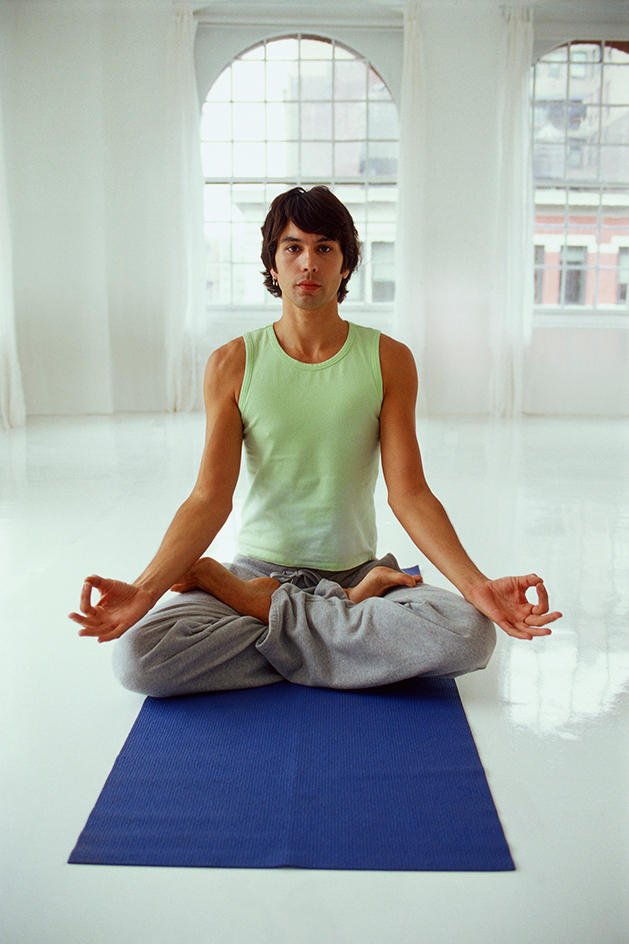Yoga is a term that has two meanings. It is both a school of thought in the Hindu religion and a system of mental and physical exercise developed by that school. Followers of the yoga school, who are called yogis or yogins, use yoga exercise to achieve their goals of viewing the world from a place of bliss rather than anxiety and of experiencing connections between the body, mind, and spirit. People outside the Hindu faith have also adopted the practice of yoga. For example, many non-Hindus in Western countries practice some form of yoga exercise to improve their health and achieve peace of mind. The word yoga means discipline in Sanskrit, an early language of India.
Loading the player...Sun salutation
According to the yoga school, every human being consists of prakrti and purusha. Prakrti includes a person’s body, mind, and ego (individual consciousness). Purusha is pure, empty, expansive consciousness, often referred to as the soul or Self. Human beings suffer because they wrongly believe that their Self is bound to their body and mind by karma—that is, the effect of their past and present actions on their future. The yoga school, through yoga exercise, aims to give people prajna (understanding) of the true Self. After a person has obtained this understanding, he or she will gain moksha (release) from samsara, the cycle of rebirth in which Buddhists, Hindus, Jains, and people of other religions believe.

A yogi, under the guidance of a guru (teacher), goes through eight stages of training on the way to moksha. According to the ancient Indian scholar Patanjali, the yogi first learns yama and niyama. Yama includes the behaviors of truthfulness and of refraining from hurting others, stealing, engaging in sex, and being possessive. Niyama includes the virtues of purity, contentment, austerity (severe simplicity), studiousness, and devotion to God. Yogis next learn asana (body postures), pranayama (control of breathing), pratyahara (control of the senses), dharana (fixing of the mind on a chosen object), and dhyana (meditation). The final stage of development, called samadhi, is a state of concentration in which yogis realize that their soul is pure, free, and empty. A yogi who has completed these eight stages has reached kaivalya. Kaivalya is total freedom, purified of negative karma. It is a state of enduring vision, or understanding of the Self.
Various forms of yoga have become popular in the United States and Europe. Transcendental meditation is a simplified version of the yoga of Hinduism. Bhakti yoga involves the dedication of all actions and thoughts to a chosen god. Members of the Hare Krishna movement practice bhakti yoga by dedicating themselves to the god Krishna. Hatha yoga, which stresses difficult body postures and breathing techniques, has become popular as a method of improving health. People also study hatha yoga for the unusual control some yogis develop over such functions as metabolism and blood flow.
